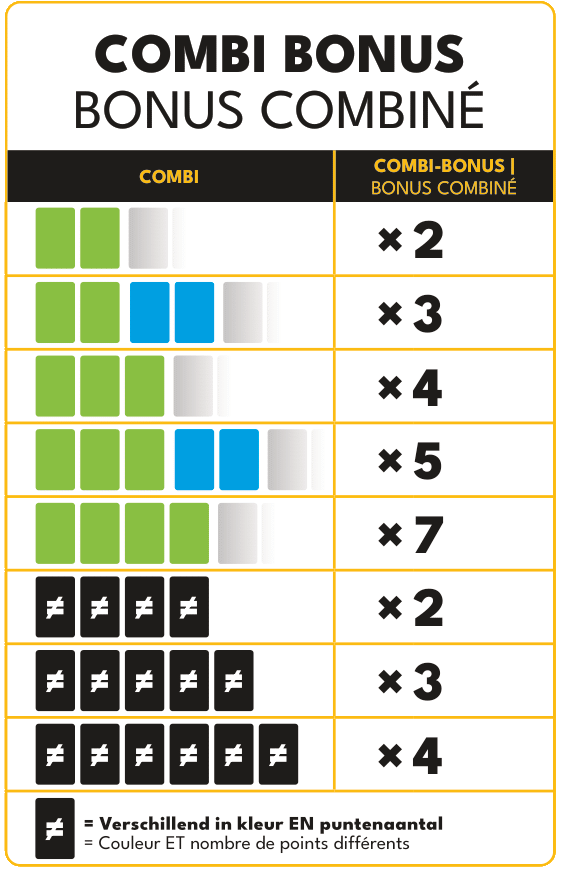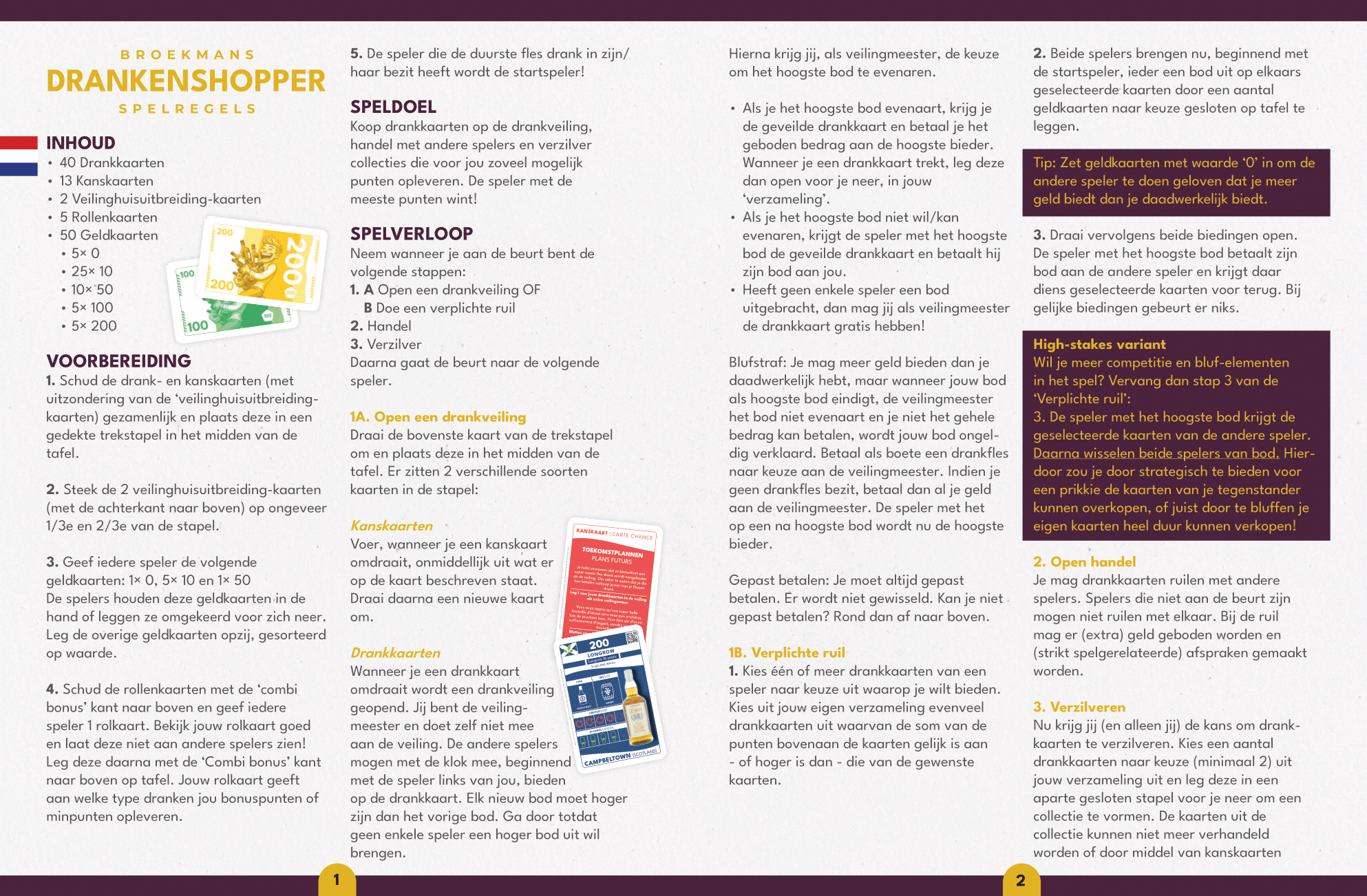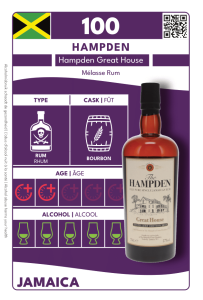Game rules
Getting started with Drankenshopper
When playing Drankenshopper for the first time, we recommend starting with simplified game rules.
- Omit the chance cards and use only the additional cards Wage Increment and Auction Expansion.
- Omit the roles
- Form collections based on quartets (4 cards of 1 suit)
Once you become familiar with the cards in the game and the general flow of play, you can then gradually add additional parts of the game:
- Don’t build collections through simple quartets, but try to score collection bonuses (back of role cards)
- Use the role cards and earn card bonuses or penalties
- Add chance cards to the deck to make the game more unpredictable
Course of play
Each turn in Drankenshopper consists of the same steps. The steps are explained in detail in the accompanying manual, but we’ll briefly go over them again on this page.
- Step 1: Choose between a new auction or a mandatory trade
- Step 2: Trade freely with other players
- Step 3: Put a maximum of one collection in the vault
Step 1: Choosing between a new auction or mandatory trade
You start your turn by choosing between turning up the next auction card, or to start a mandatory trade with another player. Both cannot be done in one turn.
A Beverage Auction
When you choose to open a beverage auction, you turn open the next card(s) in the auction pile and the other players start bidding.
- As auctioneer, you have the final say and can still buy the card yourself by matching the highest bid.
- If another player has the highest bid, that player pays the bid amount to you. If you follow the bid and want the card yourself, you pay the bid to the player who made the highest bid.
A mandatory trade
If you choose mandatory trading, no new cards are put up for auction.
- You designate another player and select one or more of their cards
- The other player cannot refuse
- Redeemed collections cannot be included in a mandatory trade
- You must also be able to put a number of bottles on the table yourself: the total value of the bottles you bet yourself must be equal to or higher than the total of the cards you picked from the opponent.
E.g. you want to put a number of cards from player 3 into mandatory trade, for a total value of 500 points. You are then obliged to put bottles on the table yourself, for a total value of at least 500 points. - Both players place a closed bid on the table and flip it open at the same time
- If you have the highest bid, then you get your opponent’s bottles and your opponent gets your bid. If you don’t have the highest bid, then you lose the bottles you bet yourself, but get the opponent’s bid.
Step 2: Trading freely with other players
You now have the opportunity to see if you can reach an additional trade agreement with other player(s).
In free trading, there are no rules, but the two trading players must come to an agreement. You can propose any trade with another player: you can trade bottles of any value and numbers, you can add money, … but the other player does not have to agree to this, and so free trading can also just end without results.
Step 3: Put a maximum of one collection in the safe
To end the turn, the player now has the opportunity to secure one collection of their cards in the safe.
As soon as a collection is cashed in, the combination of these cards is fixed and is no longer part of the game. The cashed collection in its entirety is put aside upside down, and the collection value (and any bonus) is only calculated at the end of the game.
End of the game
The game ends as soon as the first player has a total of 3 separate collections in his vault, or as soon as the last bottle is auctioned.
There is no more trading from then on, but all other players still have the opportunity to cash in one more collection for a chance to win a better collection bonus.
Score
Collection Value
The value of a collection is calculated as follows:
For each card in the collection:
- Base value at the top of the card
- Apply doubler or a halter (see chance cards)
- Apply roll bonus points or roll penalty points
The sum of all these cards then gives a collection value. You can have up to 3 separate collections assembled in the game.
Collection Bonus
There are 8 combinations of cards for which a collection bonus may be applied. You may only apply one collection bonus per collection.
Please note: for the last three possible bonuses (4, 5 or 6 different cards), your collection must consist of exactly that number of cards (4, 5 or 6). For the other collections, however, there may be several bottles in the collection.




